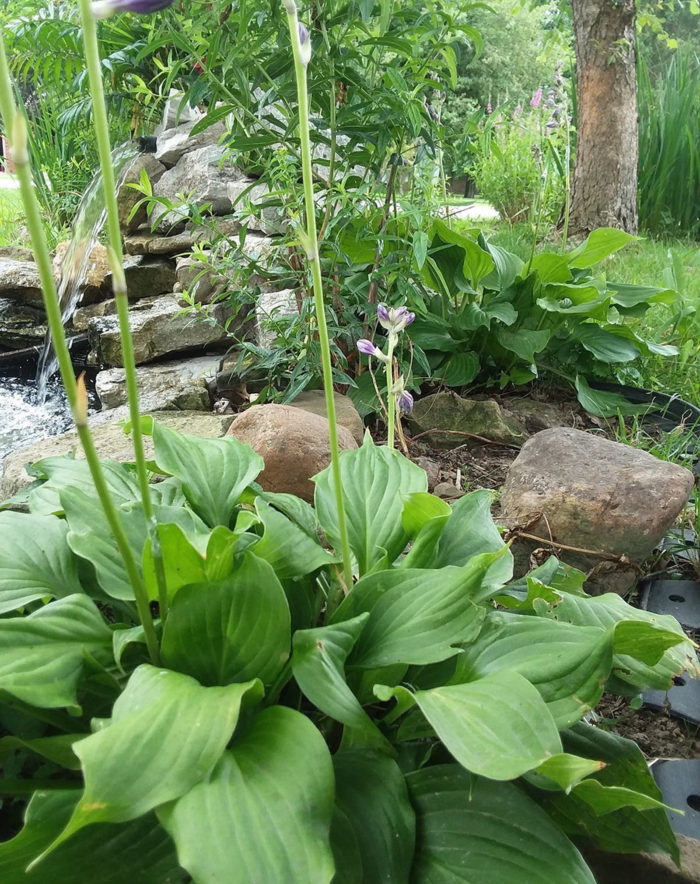
Reduce the mosquito population in your yard and garden. While mosquitoes aren’t technically a garden pest, they are a serious gardener pest. This is a time of year when we are all likely to be run out of our own gardens by swarms of mosquitoes. Do what you can to reduce the mosquito population in your vicinity. Get rid of sources of standing water in gutters, buckets, wheelbarrows, or other containers. If you have decorative ponds or rainwater-catchment barrels that attract mosquito larvae, a simple solution is to add a few goldfish to the container (assuming it is large enough). The goldfish will feed on the larvae and provide an inexpensive, nontoxic, and simple way to control mosquitoes.
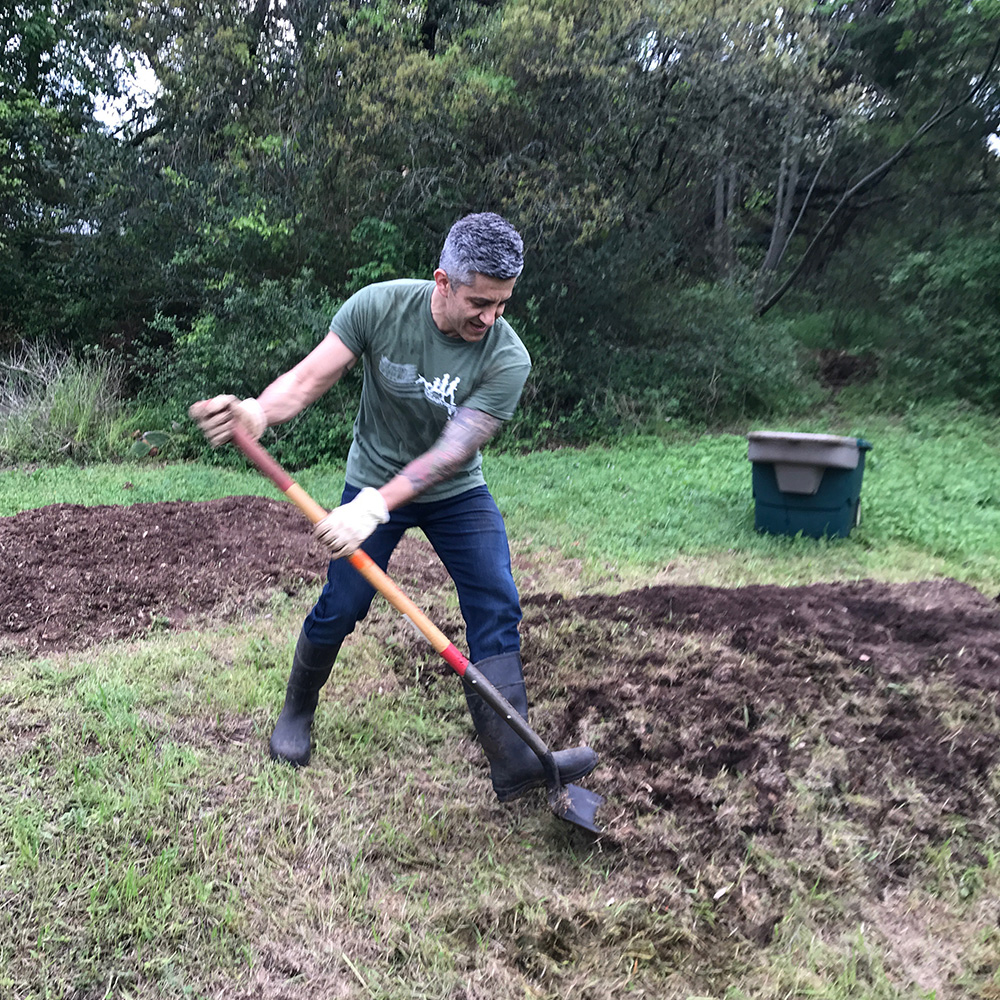
Solarize new areas for fall garden beds. It’s not too soon to start preparing new garden beds for the fall. If you are converting a weedy or grassy area to a garden bed, you will need to remove weeds and grass. I typically loosen them with a shovel and then pull them out by hand. Kids can help with this job too. This method may not be feasible for a larger area. In the past it was recommended that gardeners smother this grass and weed layer with overlapping layers of cardboard, or that they kill the grass and weed seeds by solarizing. Recent research has shown that both methods can interfere with the soil food web, a valuable source of fertility for your garden. A book by Jeff Lowenfels and Wayne Lewis, Teaming With Microbes: The Organic Gardener’s Guide to the Soil Food Web is a great resource for learning more about this issue. In fact, July is a great time to read this book while taking a well-deserved break from the heat!
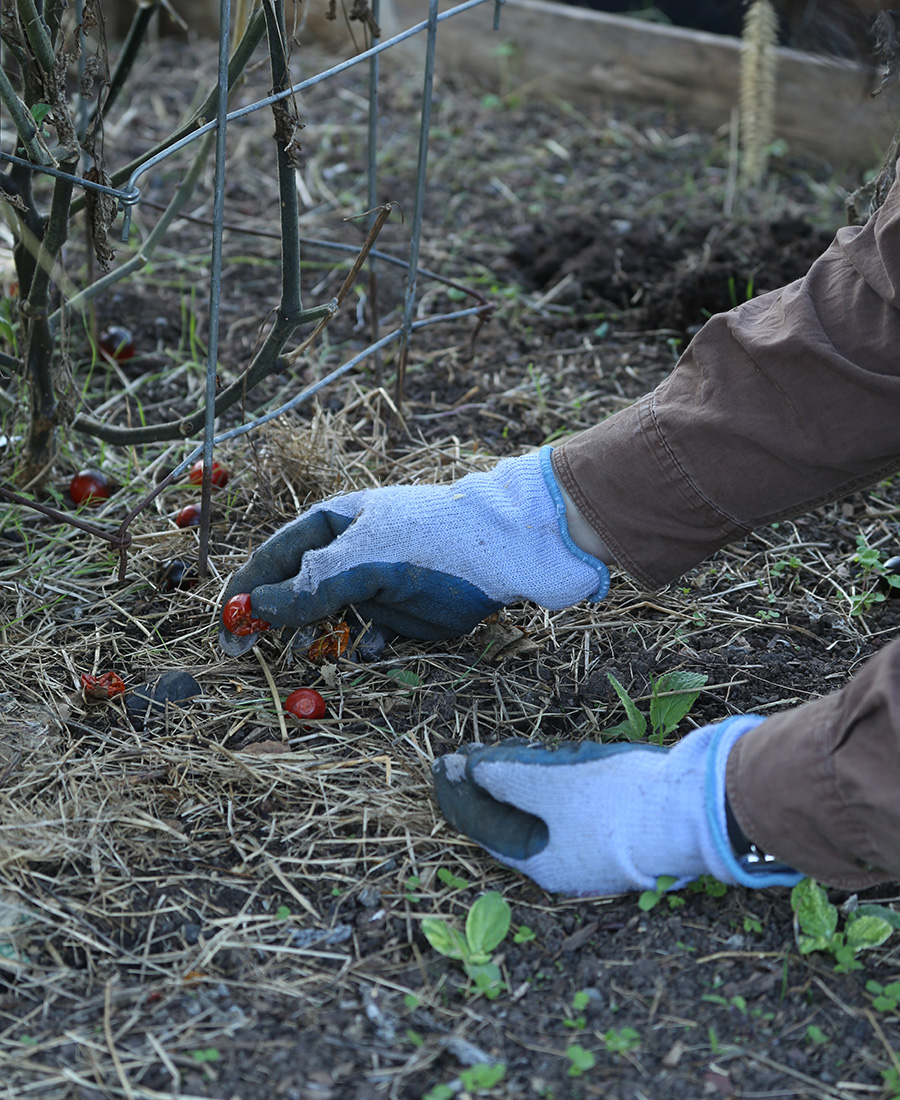
Start preparing beds for your fall vegetable garden. Now is the perfect time to prepare for your fall veggie garden, since you will be able to start planting some crops next month. Spend this month cleaning up any garden debris, including dead or diseased plants. As you pull out spent plants at the end of their productive season, you can turn the soil and add compost to those areas in preparation for fall planting.
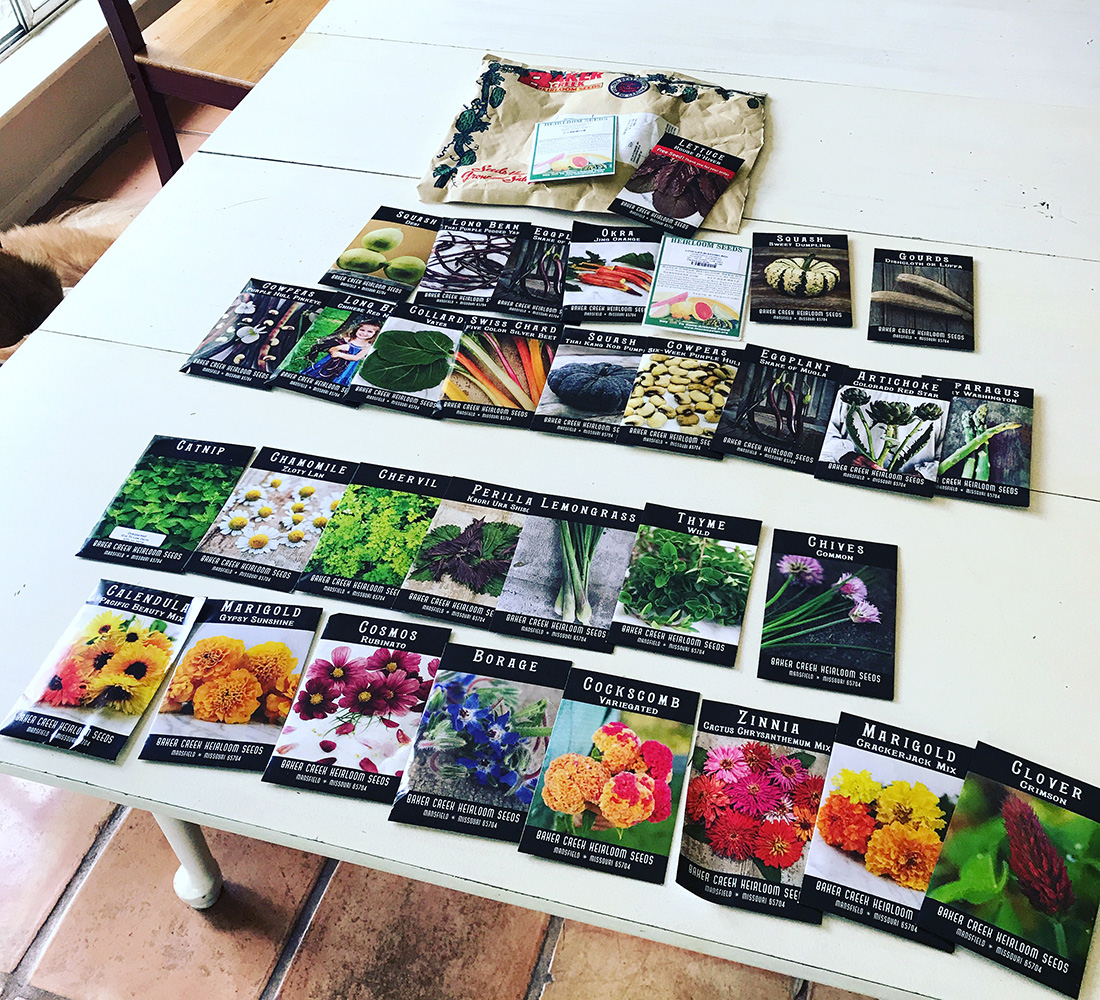
Order seed for your fall vegetable garden. It’s time to get out those beautiful seed catalogs (or pull up those beautiful seed websites) and order seed for your fall garden, especially for the crops that can go into the ground in August or September: beans, corn, cucumber, lettuce, squash, and watermelon. Don’t forget to also order seed for the brassica vegetables (broccoli, cauliflower, kale, collards, kohlrabi) that you will be starting indoors in August and that will be transplanted in late September or early October.
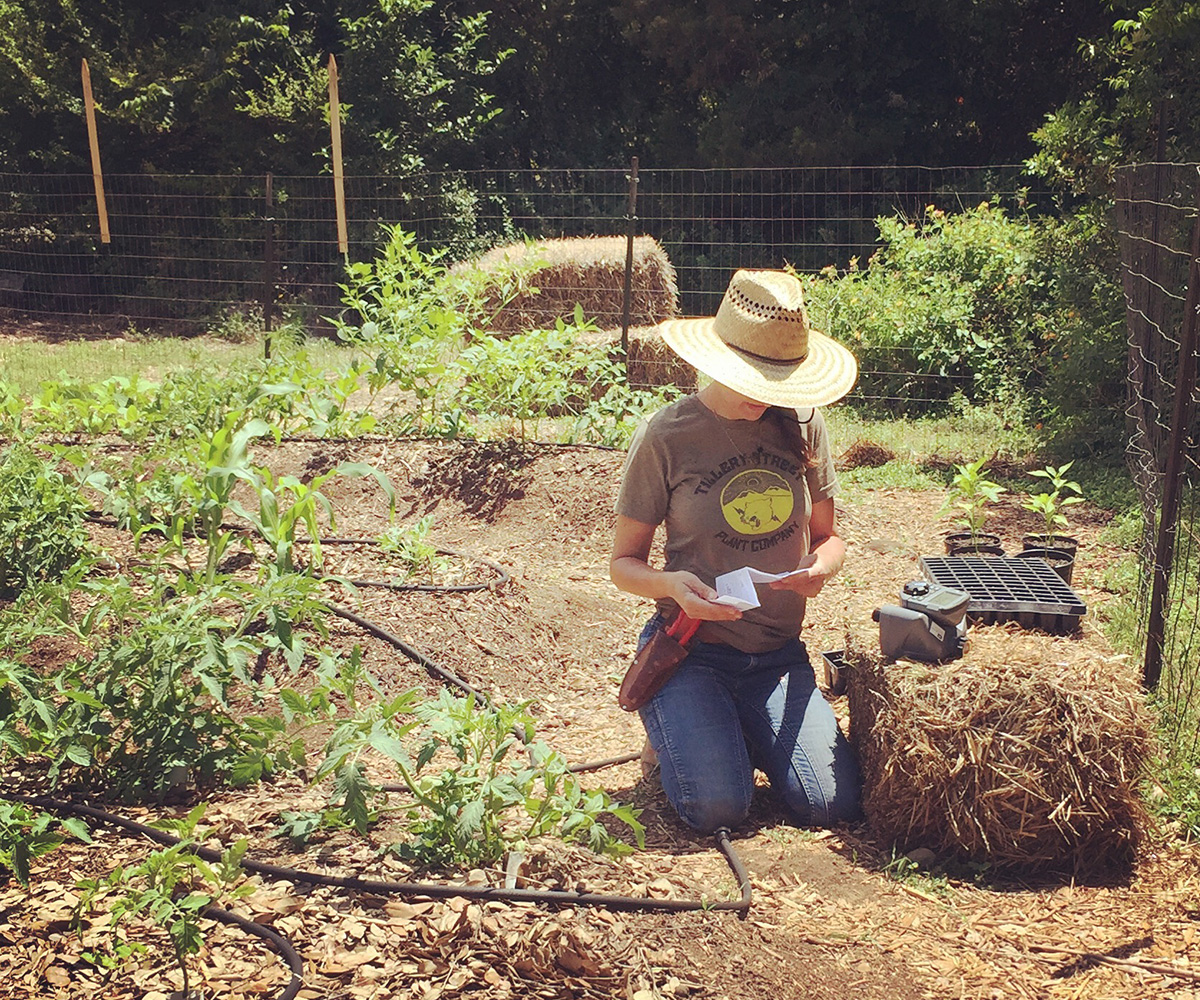
Watch out for the heat. July in the Southern Plains is invariably hot, with many days hitting 100°F. For those of us who spend a lot of time outdoors, it can be a real challenge to do the work we want and need to do in the garden without risking heat exhaustion. Here are a few tricks I’ve learned over the years for staying cool:
- Clothing. Wear a wide-brimmed sun hat and a light-colored, long-sleeved shirt. I look for straw hats with an open weave so that heat from my head is easily vented through the holes. Because we can’t always garden in the shade, a good sun hat lets us bring the shade with us. I’ve also learned to avoid wearing knit T-shirts and instead look for woven, 100% cotton, button-down shirts with long sleeves. I often roll the sleeves up to mid-arm, but that still keeps me from getting sunburned and is much cooler than a knit T-shirt.
- Hydration. Bring a water bottle into the garden with you. It’s easy to think, “I’ll just go inside for a glass of water if I get thirsty,” but it’s much more effective to bring a bottle of water outside with you. You will likely drink more water this way.
- Mornings and evenings. Don’t garden in the hottest part of the day if you can avoid it. Trimming, harvesting, and watering plants are all best done in the cooler hours (early morning and late evening) anyway, as the plants are less heat-stressed at this time. The same is true for us gardeners. I start my gardening day in the summer as soon as the sun is up, at about 6:30 a.m., and aim to have most of my outdoor work done by noon. At dusk I often go out for another hour or so.
—Karen Beaty is a horticulturalist at the Lady Bird Johnson Wildflower Center in Austin, Texas.


















Comments
Log in or create an account to post a comment.
Sign up Log in